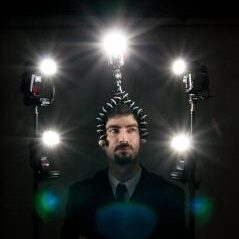A Photographer’s Digital Indecision
Digital photo processing opens up huge possibilities—everyone is free to edit photos to match their taste and their mood of the day. But this freedom can sometimes tie you up by leaving you with so many variants that you can’t even choose among them. Or at least, I know it happens to me—all the time.
